Toshiba originally created TOSLINK to connect their CD players to the receivers they manufactured, for PCM audio streams. The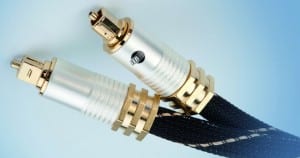 software layer was based on the broadcast audio standard AES3 and was adapted as the “Sony Philips Digital Interconnect Format” (S/PDIF) which varies from AES3 only in voltage level.
software layer was based on the broadcast audio standard AES3 and was adapted as the “Sony Philips Digital Interconnect Format” (S/PDIF) which varies from AES3 only in voltage level.
TOSLINK was soon adopted by manufacturers of most CD players. Early TOSLINK systems used the raw PCM data from the CD player; the SPDIF standard has now become nearly universal for audio streams. It can often be found on DVD players and some game consoles to connect the digital audio stream to Dolby Digital/DTS decoders.
The name is a registered trademark of Toshiba, created from TOShiba-LINK. Variations of the name, such as TOSlink, TosLink, and Tos-link, are also seen, while the official generic name for the standard is EIAJ optical.
Although TOSLINK does not suffer from electrical problems such as ground loops or RF interference its application still has its limits. A typical plastic core cable will only comfortably transmit signals across distances of up to 10-15m without losses but a glass fibre core will transmit signals over far greater distances without damage to the signals integrity and is the material of choice for Telecom companies. Both applications are fragile and a kink or sharp bend in the cable will damage its internal fibres and render the cable unusable.
The JIB ‘Digital Glass’ from their ‘First Line’ range of cables is just that, I have no specifics on the internal construction of the cable but we can assume that its glass transmission cores are centralised in a bundle of supporting cores which are all coated in acrelyte, aiding the cables flexibility yet never interfering with the refraction of the light.
Outer jacket is thick and overall gauge looks to be a good 6-8 gauge with a fantastic eye catching finish which set off by the rhodium and gold connectors makes a serious statement for an optical digital cable.
The Sound
Playing Fleetwood Mac’s ‘Rumours’ album through the Digital Glass was a revelation in new found inner information and naturalness compared to my favourite plastic optical cable. Strings rang free of the percussion of other instruments holding foreground positions alongside the vocalist with the drums a good six feet or so to the off side rear. Whilst timbre was a stand-out point, upper-end clarity was as strong a factor, seeming more effortless in presentation, relaxed, efficient and proud.
Dominic, another Hifi Pig review team member, brought around his ultra-rare Sting ‘Live from the Royal Albert Hall’. I could pick so many aspects of this album which excited me showing how very different listening to Sting Live is in comparison to a studio produced album and I really gained a new respect for the artist.
Many live albums can be imploded with hash from the surrounding crowds interaction with the venues acoustics. There is a little of this here, but the recording is strong none-the-less. What I admired with JIB’s portrait of the album was how well defined and dealt with each portion of the sound was displayed.
For instance, whilst Sting was giving small solos and the crowds ambient levels would flutter, there was never any crosstalk masking the higher notes and adding a grain to the sound, there was a hash of some sort but this was reflective of the crowd and remained specific rather than inflicting on the band.
Dynamically with instruments and electronic music the Digital Glass has a fullness of impact, a delicacy of flow and a responsiveness that adds an organic texture which I have simply not heard another optical cable achieve before. I have experience with one Glass optical cable (and a very well constructed one at that) but I would imagine as it is a great number of years old its implementation is not as up to date as the JIB and the lack of its overall size in comparison could well suggest that structurally and mechanically the JIB is superior.
Although the Digital Glass from JIB Germany is a bit of an Anaconda in a goldfish bowl its looks can be deceptive. The beautiful tones of Loreena McKennit conveyed a delicacy that was clean, incredibly articulate, sibilant free and natural in reflective tone to the artist. And the current pop favourite Ed Sheeran reflected this approach from the tonal balance of the cable from a male perspective.
Worth mentioning again is how impressed with the cables ability to handle separation, whether it was between instruments, depth of the field or width and height perspectives in the room, there never feels like there is a void in the sound and its coherence is great but there are pockets of blackness and areas of air that paint an extraordinarily good picture of the performance.
Conclusion
It’s no doubt obvious from this experience with a glass based fibre optic cable that the implementation is of a considerably higher standard than plastic based cables, although there will be exceptions to the rule. I’m sure my favourite plastic fibre based cable will be better than a poorly constructed glass version. So it’s not just about the technology it’s about the attention to the implementation.
JIB have no doubt constructed this cable using extremely highly polished Quartz glass and have adopted the very best of techniques to ensure that its implementation, light transfer stability and mechanical precision is nothing short of the best they could achieve and with its final fit and finish the Digital Glass exudes this.
I have always been more of a fan of Coaxial or AES/EBU over optical, although dependant on the implementation of the equipment one can never be 100% sure which digital interface will sound better.
JIB bridges the gap for me, offering a cable which is a true contender with electrical SPDIF based cables making the decision no longer as simple as I thought it once was. I’m extremely impressed with this cable and can highly recommend it over any plastic fibre option.
Build Quality – 8.5/10
Sound Quality – 8.4/10
Value For Money – 8.5/10
Overall – 8.46/10
Price at time of review – €79 for 2m length
Recommended for fantastic value for money, exceptional sound quality over plastic fibre cables costing similar prices and great fit and finish.


























































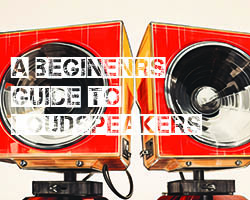






















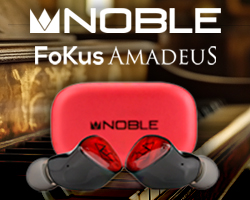





















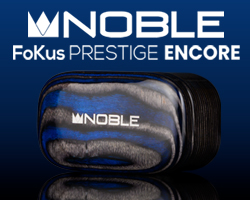















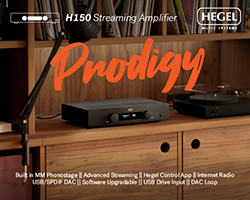
































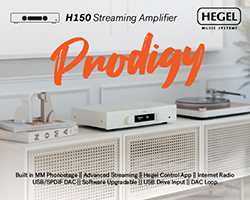































































You must be logged in to leave a reply.